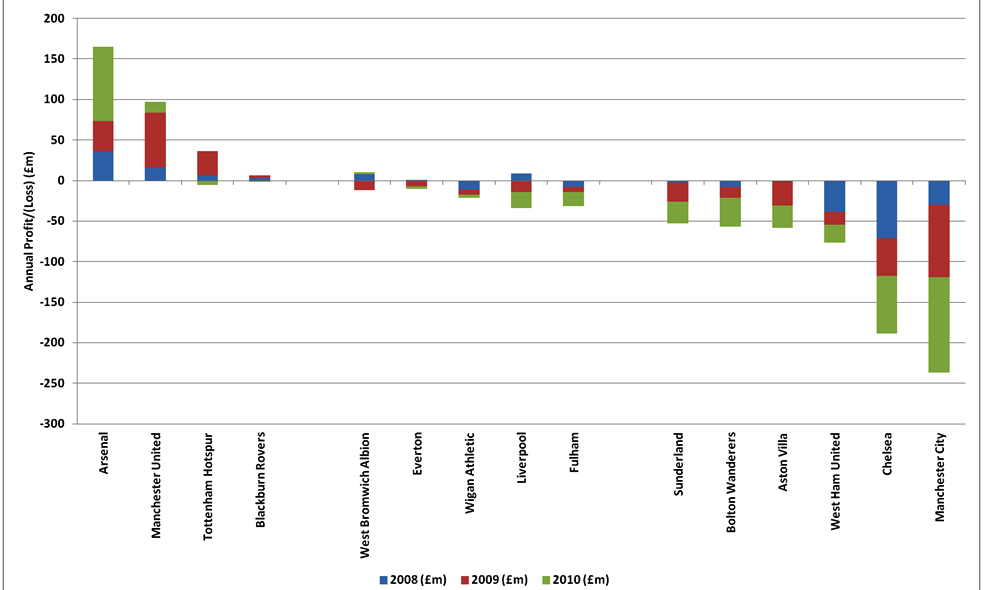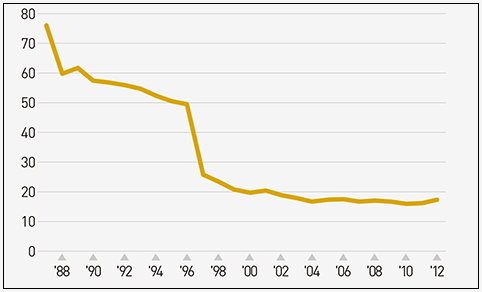Introduction
Governments and international organizations spend a lot of money to sponsor a wide range of sporting activities, groups, individuals, and teams. This practice has been believed to transform the lives of many people in areas that have frequent sports and related functions. This happens to be the case because stadiums tend to support the diverse needs of some local communities and economies. However, this argument has not received adequate support from different studies. Using economic data and financial information from different cases, this paper gives a detailed analysis on the economic impact of sports facilities and stadiums on local economies.
Thesis statement: Although stadiums might catalyze numerous income-generating activities during their construction stages, the truth of the matter is that they do not have significant or sustainable economic benefits in the long run.
Background Information
Schwarz indicates that the American government has been spending over $30 billion dollars of public money within the past two decades to support the construction of stadiums and sports facilities in different parts of the nation (29). It has been using these projects as development tools that have the potential to support the economic needs of many people in the neighborhood. Richardson observed that stadium was a critical economic catalyst that should be examined from a positive perspective (161). However, some skeptics have been concerned over the economic impacts of stadiums and other sporting functions. For example, McLeod and Holden indicated that many events such as the Olympics only generate a lot of income to support the needs of different people in the host country for a short period (589). After the end of the sporting activity or event, the country or city is forced to incur numerous costs to maintain every facility without empowering the intended beneficiaries.
Before a stadium is constructed in a particular locality, the owners or governments claim that the facility has the potential to create jobs and improve the lives of many people. This remains to be a common argument despite the fact that many stadiums cost billions of dollars to complete (McLeod and Holden 590). Owners go a step further to acknowledge that the benefits and revenues acquired from the sale of tickets and merchandises can outweigh the initial costs. Unfortunately, many facilities are only used during specific sporting seasons (see Figure 1). Consequently, they remain idle during every offseason.
This analysis explains why economists and scholars have been divided when it comes to the benefits and financial impacts of stadiums on local economies. This fact explains why the opportunity cost of designing and building a new stadium is something that should be studied carefully. This issue shows that the economic impact of a sports facility might not be feasible or significant in the long term (Hong et al. 71). The detailed analysis presented below uses evidence-based information to analyze how stadiums affect local economies.
Stadiums and Sports Facilities: Effects on Local Economies
Latest observations reveal that many countries, clubs, and local governments have been investing a lot of money in a number of sports facilities. This kind of development can suggest that the benefits and economic returns associated with such stadiums are high or large (McLeod and Holden 591). Over the years, stadiums and other related events are usually marketed as potential drivers of local economies. For instance, many stadiums in the United States are usually constructed with the aim of creating jobs to benefit local people. This is outlined as one of the short-term economic objectives of such facilities. With the provision of employment opportunities, many scholars have argued that different individuals in the targeted communities find it easier to transform their lives. However, most of these stadiums cost millions of dollars but their benefits are short-term in nature. After the construction period, the situation shifts since many people have to go back to their old ways of living.
The issue of employment has been examined in an attempt to understand the economic impacts of stadiums. Hong et al. indicate that many sports teams hire professionals from different parts of the world (72). Although these individuals can get good money from their employers, the economic achievement fails to reflect the challenges and opportunities available to different members of the community.
The cases of the Jacobs Field and the Gund Arena in Cleveland can be used to support this kind of argument. These stadiums were constructed at a cost of around 467 million dollars. During the construction period, it was observed that many people from the surrounding regions were able to get employment opportunities. The wages of different individuals increased significantly during the construction period (Schwarz et al. 72). An additional number was able to market drinks and foods, clothes, and drinks to the workers. Several businesses were established in an attempt to support the construction effort. However, after the end of the construction period, these jobs were lost within a very short time. This means that the overall level of income for the people in Cleveland did not improve significantly. Although it has a significant microeconomic impact, it was evident that the macroeconomic positions of the people had not improved.
This argument shows clearly that the utilization of public resources to construct different facilities for sporting activities is a model that can be used to support the needs of regions that require redevelopment (Zimbalist 49). However, the benefits tend to be short-term and only transform the microeconomic statuses of the beneficiaries. This means that the sustainability or long-term economic benefits of such stadiums is a mirage.

The above graph indicates that many clubs in the United Kingdom operated at a loss from 2008 to 2010. This is a clear indication that the members of the surrounding communities might not have benefited from the presence of these sporting facilities. This analysis is a clear indication that stadiums might not have sustainable or long-term economic benefits on local populations. A study conducted by Zimbalist indicated that stadiums and sporting facilities did have very little desirable effect on the economic position of a given neighborhood or city (51). In this study, the researcher analyzed data from over 37 metropolitan areas that supported basketball, baseball, and football teams (Zimbalist 52). This analysis indicated that most of the cities that hosted a wide range of sporting activities continued to record reduced per capita earnings.

Schwarz et al. also observed that the number of jobs associated with stadiums declined significantly every year, thereby amounting to numerous issues for the owners (88). Although those working in lodgings and hotels near stadiums have been observed to record increased wages, Zimbalist observes that the income per year is usually low (53). This analysis is a clear indication that sports facilities might not have feasible long-term or sustainable benefits.
The collection of taxes is a practice that has been observed to improve the living standards of many people since the earnings are used to deliver a wide range of services. In regions with many facilities, concessions, ticket sales, and parking fees have not been adequate to meet the needs of different people (Cunningham 94). This issue is complicated further by the fact that most of the targeted stadiums operate periodically, thereby affecting the economic welfare of different people. This kind of information explains why analysts have concluded that many lobbyists rely on flawed economic impact assessment research studies to propose new facilities (see Figure 2). The outcome is that governments spend huge sums of money to support the construction of sporting venues that might not be sustainable. As stadium-related functions and activities emerge, many people decide to focus on other issues that might disorient the benefits generated by different facilities. This analysis shows that any sporting facility should be pursued with the aim of delivering different social gains instead of using them as engines for promoting economic growth.
Conclusion
The above study supports the argument that sports facilities and stadiums might not have significant economic impacts on local economies. The truth is that professionals and policymakers ignore or are unaware of this reality. Many people also support the construction of sports facilities in their localities hoping that they might transform their lives for the better. This evidence-based information should, therefore, inform the decisions made by different players and stakeholders in order to have a clear understanding of every stadium’s economic impact.
Works Cited
Cunningham, George B., et al. Routledge Handbook of Theory in Sport Management. Routledge, 2016.
Hong, Sung I., et al. “Collaborative Innovation in Sport: Conceptualizing the Adoption of New Stadium Construction from Professional Sport Team and Government Perspectives.” Journal of Physical Education and Sport Management, vol. 6, no. 9, 2015, pp. 70-81.
McLeod, Christopher M., and John T. Holden. “Ecological Economics and Sport Stadium Public Financing.” William & Mary Environmental Law and Policy Review, vol. 41, no. 3, 2017, pp. 581-603.
Richardson, Samuel A. “Does Stadium Construction Create Jobs and Boost Incomes? The Realized Economic Impacts of Sports Facilities in New Zealand.” New Zealand Economic Paper, vol. 50, no. 2, 2016, pp. 153-176.
Schwarz, Eric C., et al. Sport Facility Operations Management: A Global Perspective. Routledge, 2015.
Zimbalist, Andrew. Circus Maximus: The Economic Gamble Behind Hosting the Olympics and the World Cup. The Brookings Institution, 2015.